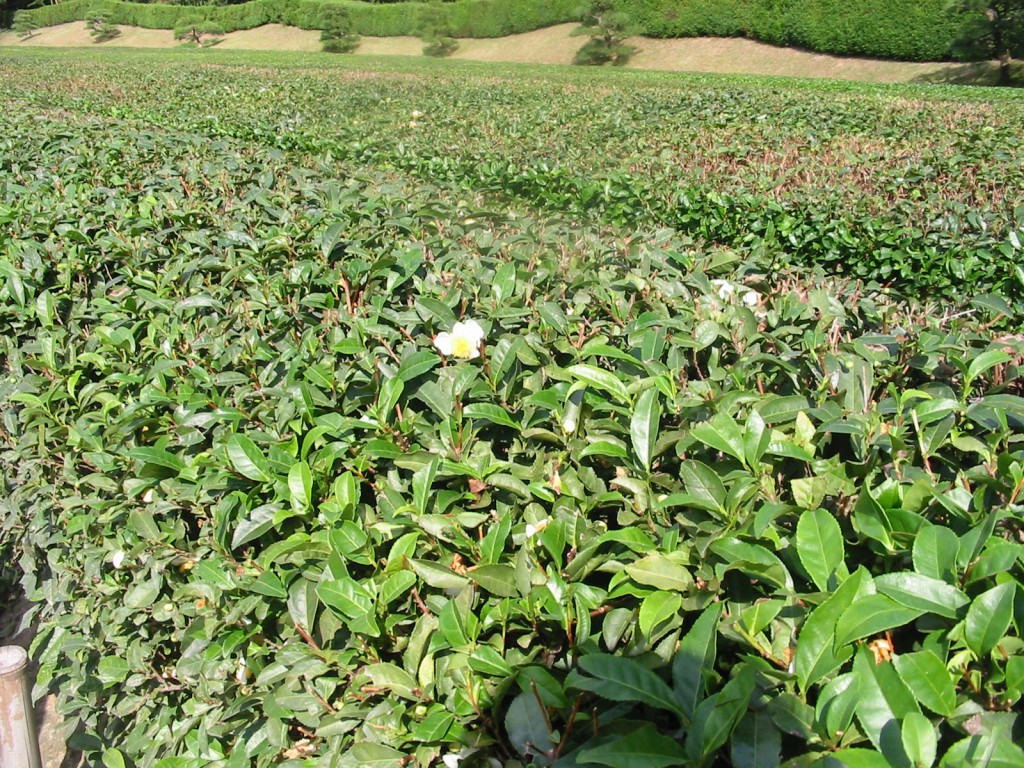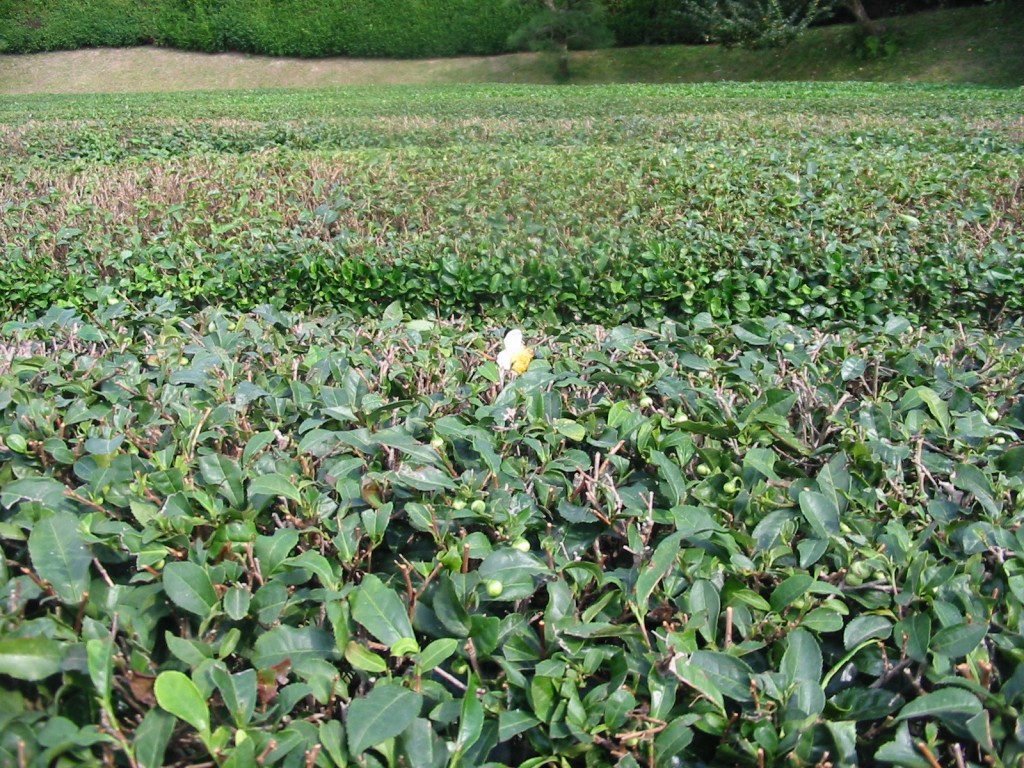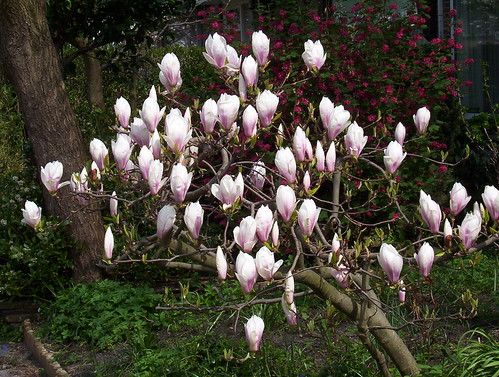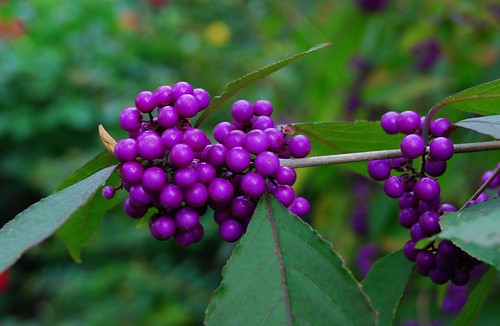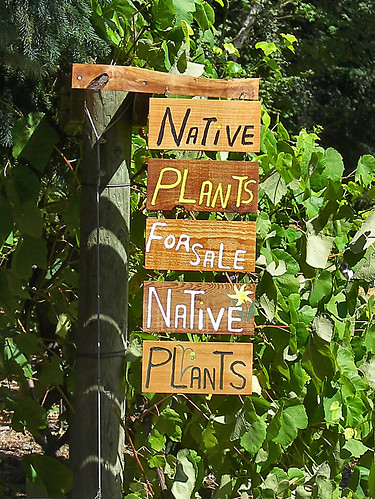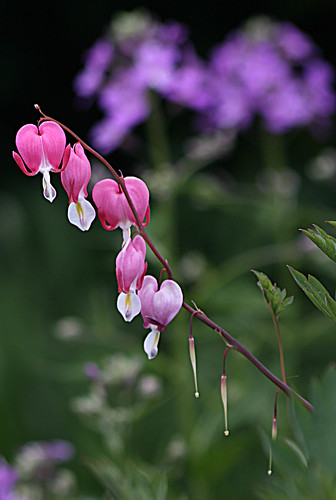
TheGardenLady received this question.
I have a huge Bleeding heart plant the I would like to divide. I see buds coming out about the size of a pinky nail. Is it too late to divide? I am afraid of killing it.
The correct time to divide Bleeding Heart, Dicentra spectabilis is in September. At that time the plant is going dormant. Now in the spring, the plant wants to send forth flowers and is putting its energy into flowering. You may not kill the plant which is fairly hardy, but you may prevent the Bleeding Heart from flowering this year. The fringed-leaf varieties divide nicely early in spring while they are emerging.
Read this about the Bleeding Heart plant.

![Sansevieria - Mother-in-law tongue or Snake Plant [Photo by Green Acres Nursery and Supply]](http://farm4.static.flickr.com/3282/2629831760_9308c4313e.jpg?v=0) TheGardenLady received this question from Donna:
TheGardenLady received this question from Donna: